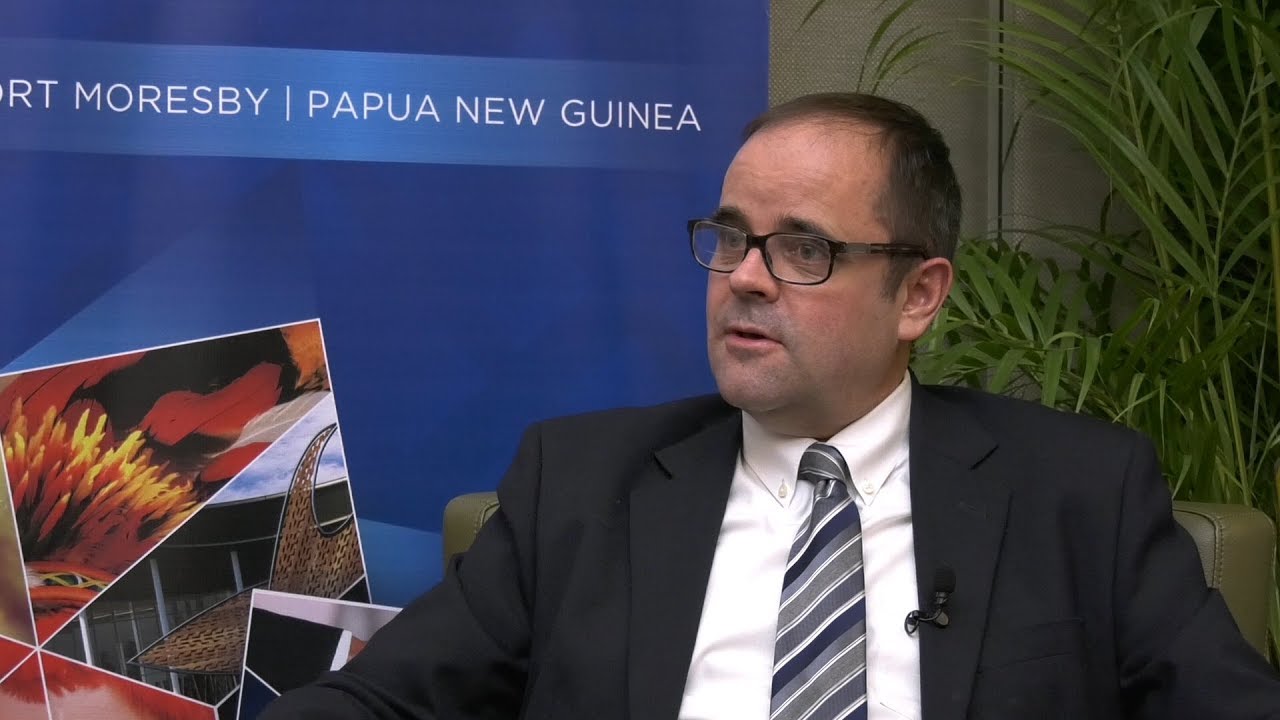APEC economies continue to make progress in implementing structural reforms meant to expand opportunities and promote inclusion across the Asia-Pacific, a review released on Friday concluded.
This is according to the mid-term review of the Renewed APEC Agenda for Structural Reform conducted by the Asia-Pacific Economic Cooperation Policy Support Unit to assess the structural reforms being conducted in the APEC region, and to look for gaps which could be targets for future work, Pacific.scoop reported.
According to the APEC Economic Committee, structural reform is about using policy to remove barriers that stand in the way of people and economic opportunity in the context of a market economy.
“Structural reform means promoting competition, making it easier to set up and operate a business while ensuring that people have access to necessary services,” said Robert Logie, chair of the economic committee. “These reforms make markets work better, but they can also attain other broad goals,” he said at the meeting held in Port Moresby, capital of Papua New Guinea.
He noted that APEC’s renewed structural reform agenda was initiated against a backdrop of uneven economic growth and widening income disparity.
“The average per capita income in the region has gone up and absolute poverty levels have fallen,” said Logie. “Nevertheless, widening inequality can impede long-term growth and sustainable economic development and undermine efforts to promote international trade. Structural reform has the potential to give all segments of society a stake in economic growth and hence improve inclusion.”
APEC’s structural reform agenda is organized into three pillars: 1) develop more open, transparent and competitive markets; 2) deepen the participation of all segments of society; and 3) establish sustainable social policies.
According to Andre Wirjo, who co-authored the review, the agenda allows each economy to choose its own structural reform priorities.
“All 21 economies participated,” Wirjo said. “Collectively they gave updates on 80 priorities and 172 related actions on various commitments ranging from improving infrastructure, to reducing administrative bottlenecks in the market and ensuring the relevance of education to market needs.”
Wirjo said while these achievements are welcome, there is still room for further action. The report includes findings on where more work is needed to strengthen markets, such as in improving business regulations and facilitating business conduct, as well as to promote inclusion, such as in improving access to basic services and infrastructure.
“The assessment indicates that we should do more to deepen the participation of wider segments of society in the market” Wirjo said. “More could be done to remove barriers to the economic participation of women, youth, and small businesses.”
Digitalizing Customs
The APEC economies will go ahead with implementing a more streamlined digital process for import and export clearances, making trade easier, cheaper and more feasible for businesses in the Asia-Pacific.
Guided by the findings of a new study, the initiative aims to align one-stop platforms for completing import and export clearance requirements. “As customs authorities in APEC economies harness technology to improve data flows between businesses and border control agencies, we are beginning to think about how our approaches can fit together to make cross-border trade more seamless and efficient,” chair of the APEC Sub-Committee on Customs Procedures, James Kombuk Bire said.
Drawing on examples from Australia, Indonesia and Peru, the study provides recommendations for harmonizing APEC economies’ varying levels of single window development to achieve stronger regional economic integration.
The focus on single window systems dramatically streamlines the process for traders, reducing time and costs for every level of business.
“Harmonizing customs procedures in the APEC region as they become more automated could make it that much easier and cheaper to ship around the region, and encourage businesses on the small-end of the spectrum to trade in greater numbers,” Kombuk Bire said.


